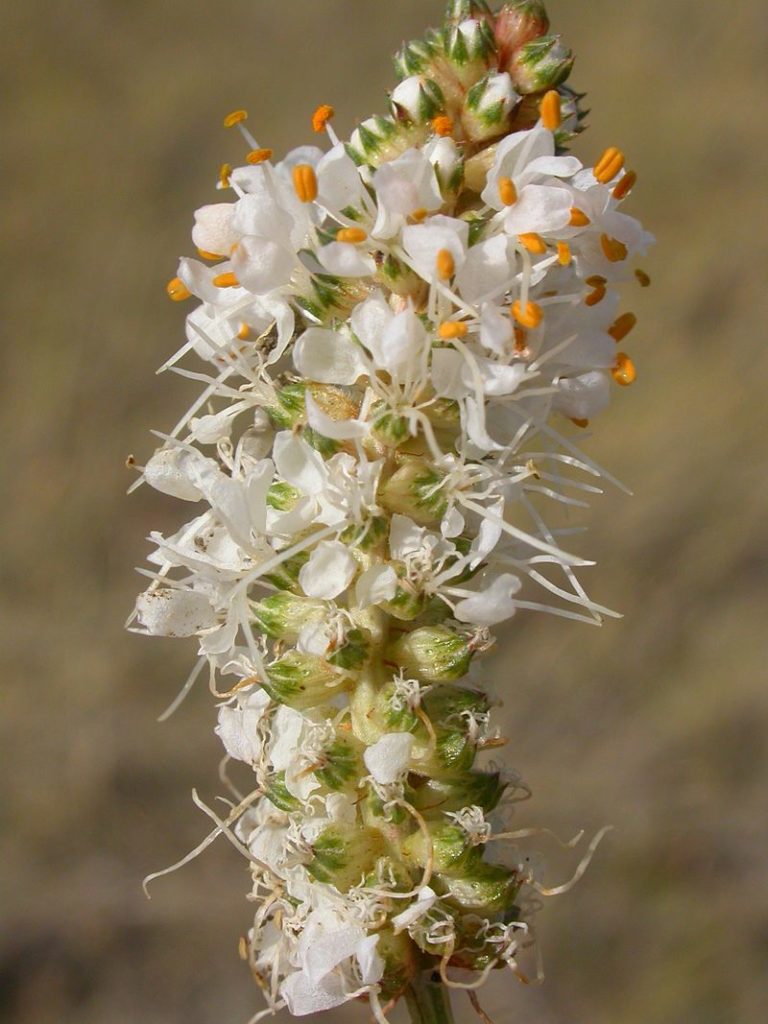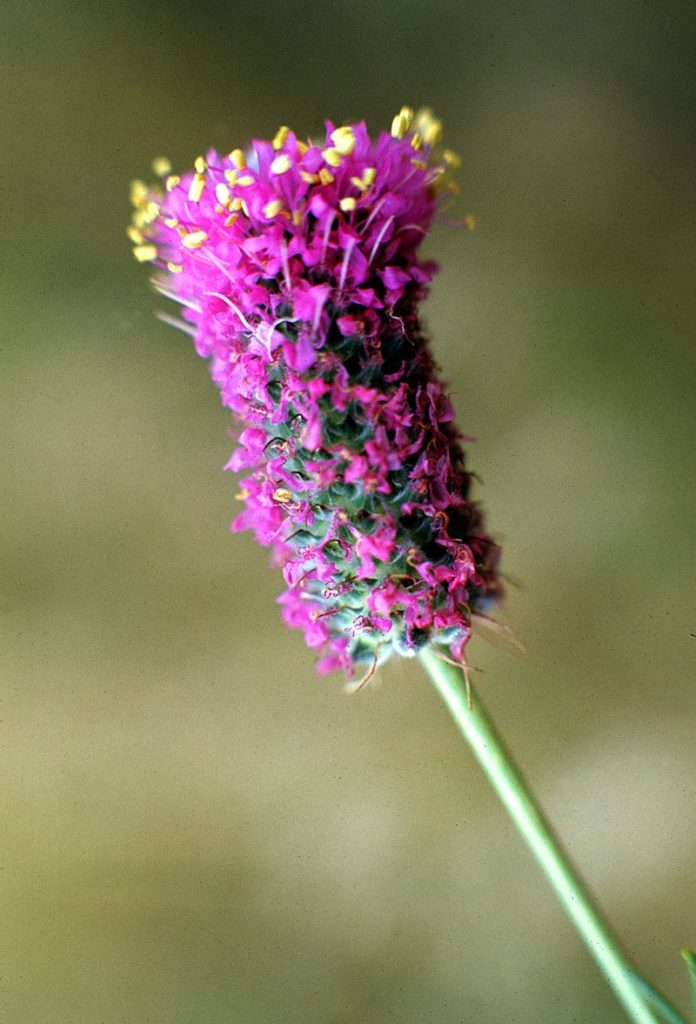White Prairie Clover
Dalea candida is a flowering legume best known as white prairie clover. Found throughout the middle of the US, as well as select other states, white prairie clover can thrive in a variety of environments including prairies, opening in forests, and more. White prairie clover most prominent feature is the cone-like spikes at the tops of its stems. From these, pure white flower petals […]
White Prairie Clover Read More »


